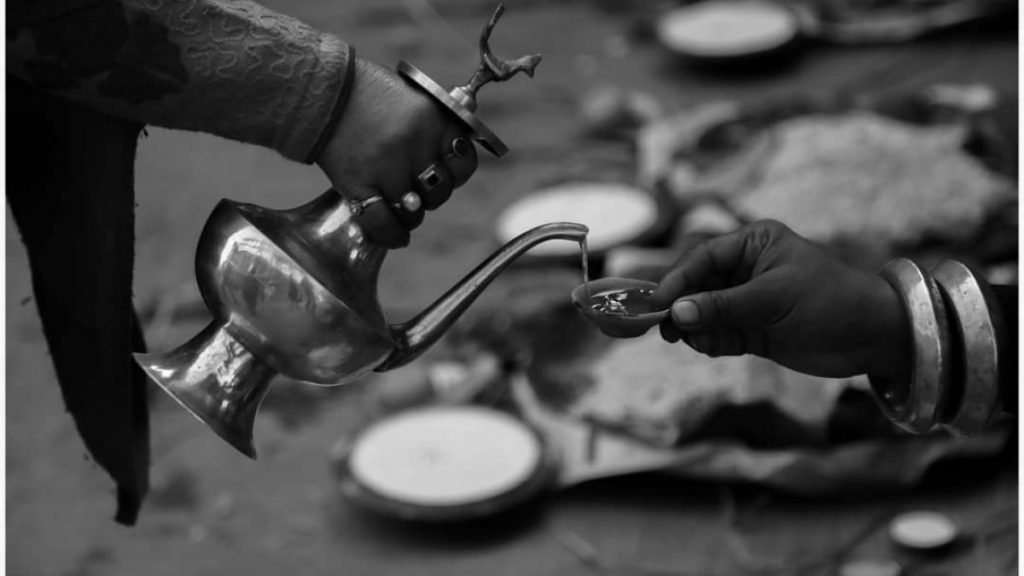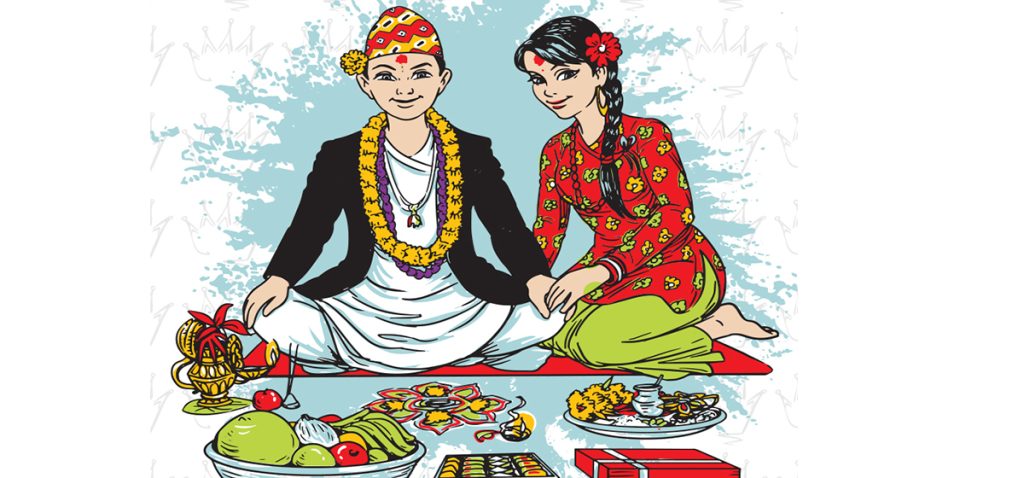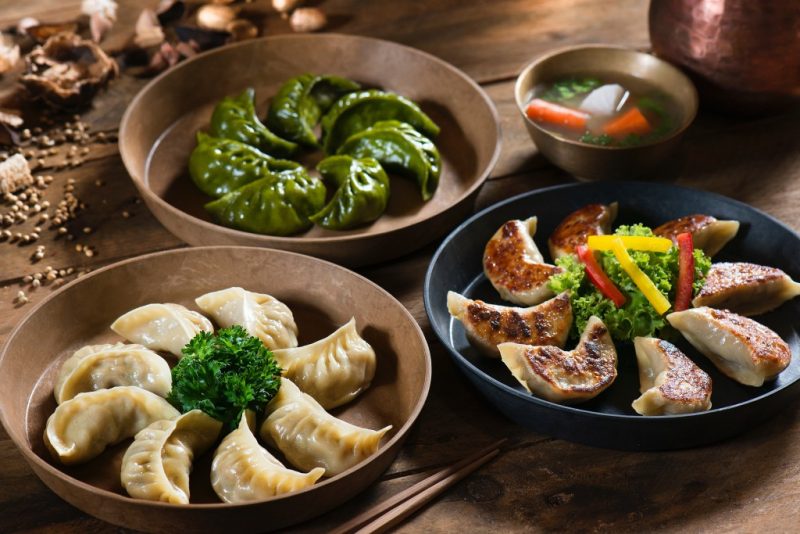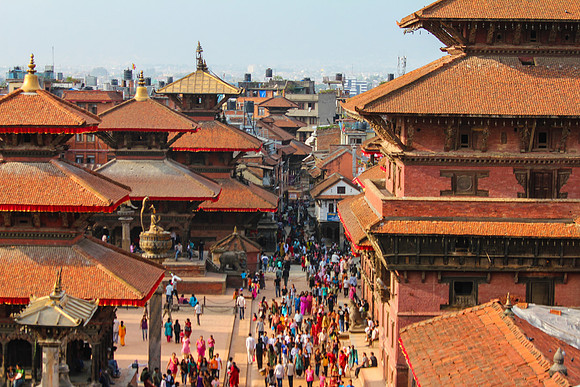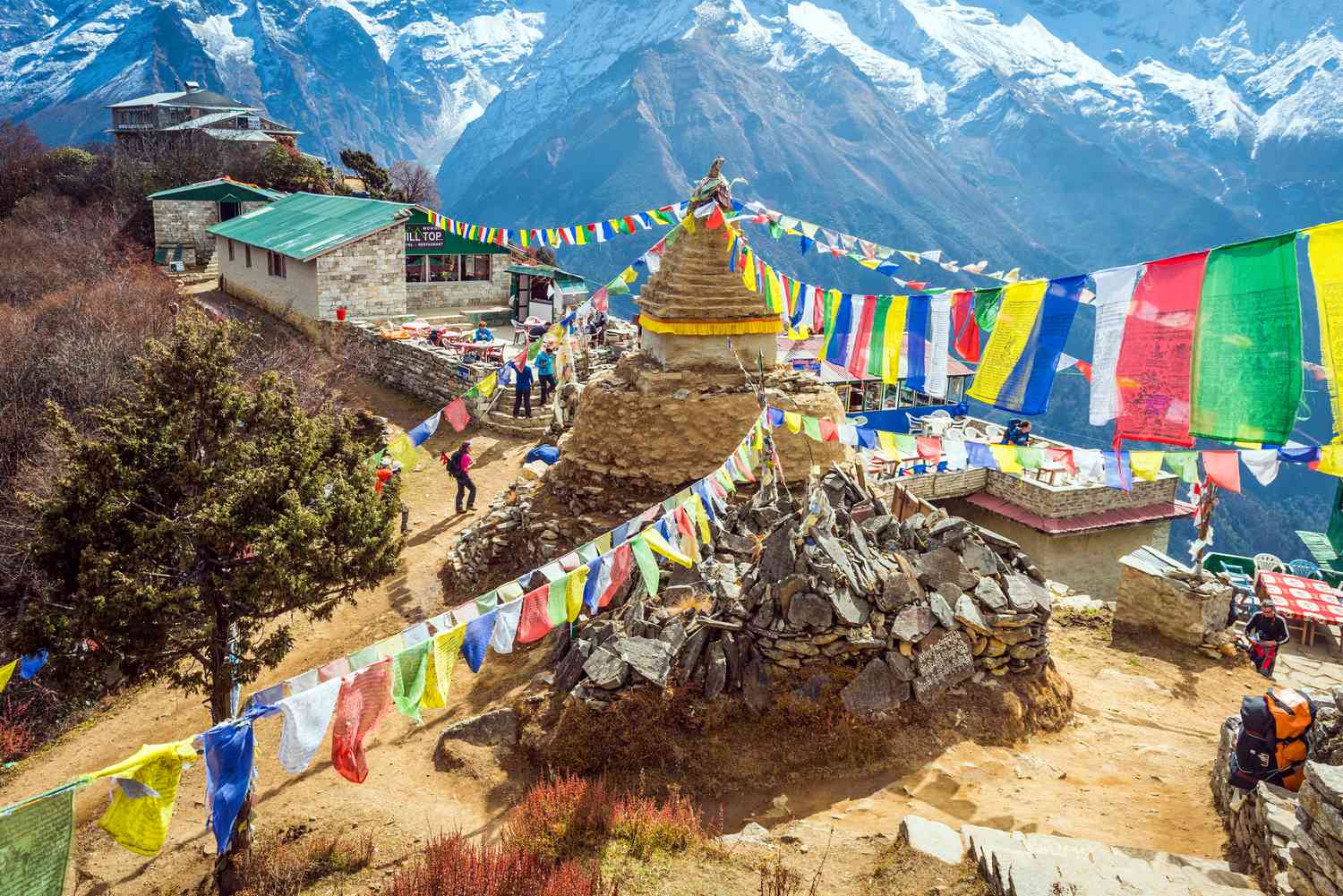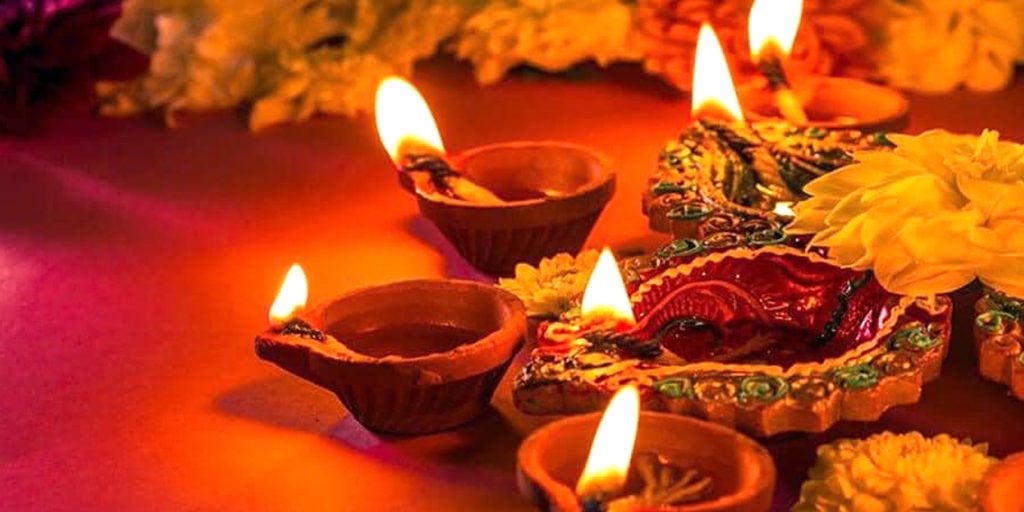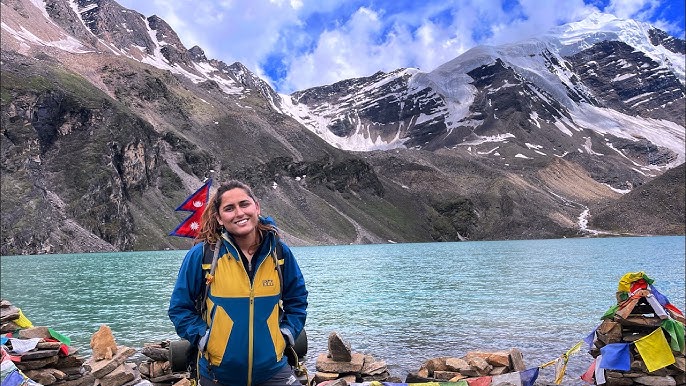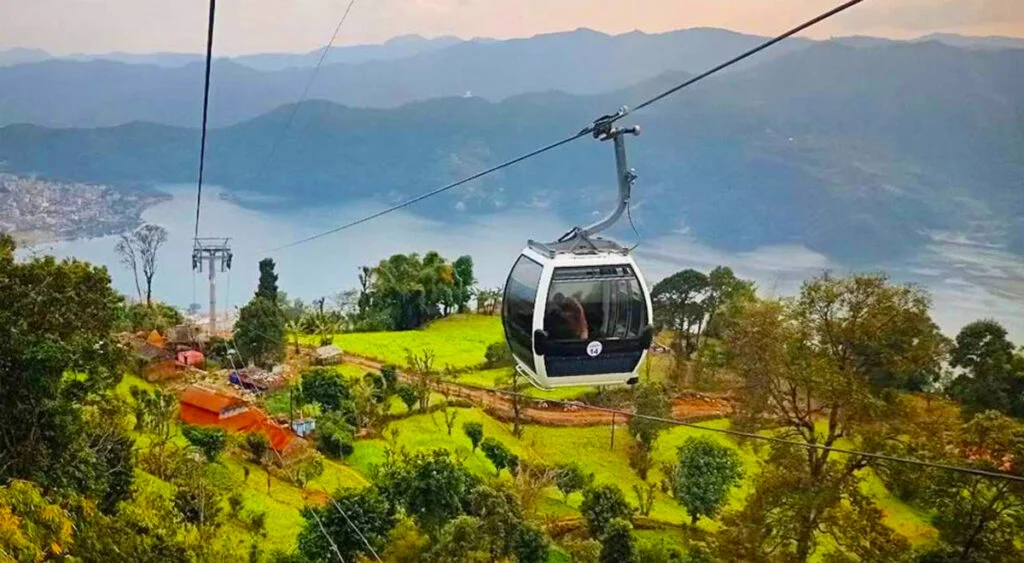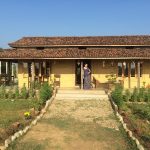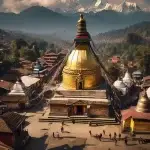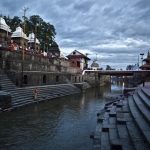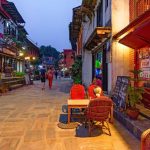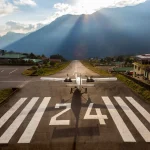Now Reading: Krishna Janmashtami in Nepal: devotion, culture, and a traveller’s delight
-
01
Krishna Janmashtami in Nepal: devotion, culture, and a traveller’s delight
Krishna Janmashtami in Nepal: devotion, culture, and a traveller’s delight
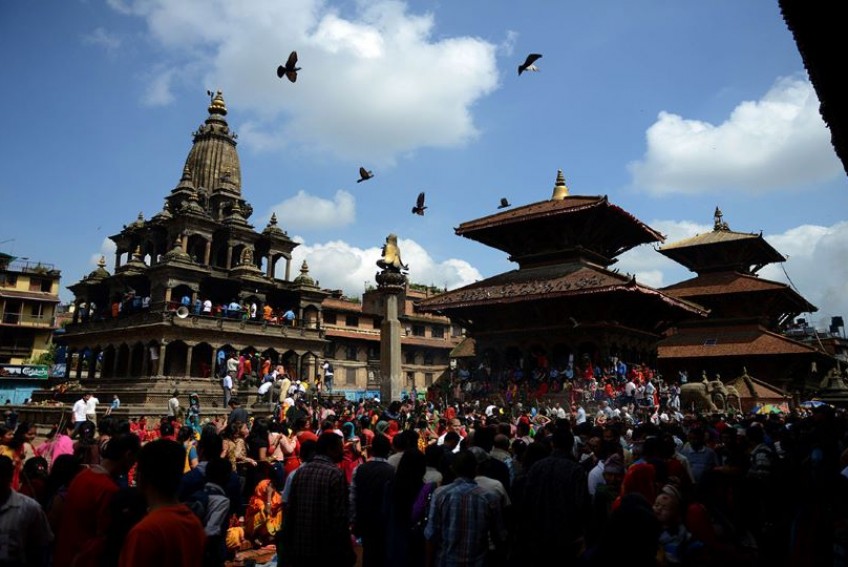
Krishna Janmashtami, the birth anniversary of Lord Krishna, is one of the most joyful festivals in Nepal. The country comes alive with ringing bells, singing crowds, butter lamps, and flower garlands. In the Kathmandu Valley and far beyond, devotees gather through the day and into the night to honour the midnight moment when Krishna is believed to have been born. For travellers, it is a chance to step into a living tradition that blends faith, art, music, and warm community spirit.
Religious significance
At its heart, Janmashtami is about devotion to Krishna, the playful yet profound incarnation of Vishnu. Many devotees fast during the day, read from the Bhagavad Gita and the Bhagavata Purana, and chant the divine names of Krishna. As midnight approaches, temples conduct the abhishek ritual, bathing the baby Krishna idol with milk, curd, honey, ghee, and sugar, and then dressing the image in silk and flowers. Conch shells sound, bells ring, and the atmosphere turns electric as the priest waves the aarti flame before the deity, and the crowd answers with a sea of voices.
Across Nepal, tulsi leaves, white butter, and sweets like peda and laddu are common offerings because of Krishna’s childhood love for milk and butter. Many families set up small shrines at home, sing bhajans, and prepare vegetarian meals that are shared as prasad after midnight. Even if you are not Hindu, you will feel the reverence and the sense of a promise renewed. The teaching is simple yet deep. Live with compassion, do your duty, and keep your heart open to the divine.
Cultural richness
Janmashtami is also a cultural showcase. In the Kathmandu Valley, Newar communities gather at historic temples where stone carvings and elegant shikhara spires frame the festivities. The Krishna Mandir in Patan Durbar Square becomes the centre of devotion with long lines for darshan and continuous singing. Classical music performances and kirtan sessions fill courtyards. Children dress as Krishna and Radha, and dance dramas retell scenes from Krishna’s youth. Artisans sell flowers, incense, clay lamps, and images of Radha Krishna. Sweet shops prepare kheer, barfi, and other milk-based treats that add fragrance to the streets.
In towns across the Terai, you will see colourful processions, decorated chariots, and community gatherings that run late into the night. Some places also host the playful matki breaking tradition, where teams form human pyramids to reach a clay pot filled with yoghurt and butter. Everywhere, the mood is festive but respectful. Elders share stories, youth groups organise music and charity drives, and neighbours bring food to the temple to be distributed as prasad.
Social importance
Janmashtami is a bridge between generations and communities. It invites people to serve, sing, and share. Many temples run free food stalls and water stations. Local volunteers manage queues and help visitors. Families open their homes to relatives and friends. For the Nepali diaspora who return for the festival, Janmashtami offers a sense of belonging and a way to pass values to children. The messages drawn from Krishna’s life and the Gita are not abstract. They are living. Duty with compassion, joy that does not harm others, and courage in the face of hardship. In this way, Janmashtami strengthens social bonds and inspires acts of kindness well beyond the day itself.
Where to experience it
If you are in the Kathmandu Valley, start with Patan Durbar Square. The Krishna Mandir is iconic, and the evening aarti is a powerful experience. Nearby shrines and rest houses host continuous singing, and the square turns into a tapestry of light, music, and movement. In Kathmandu, major Vishnu and Krishna temples, as well as ISKCON centres, hold day-long programmes that include kirtan, talks on the Gita, and midnight worship. Bhaktapur offers a more intimate setting across its old squares and lanes, where traditional music floats through brick courtyards and families gather in front of small shrines.
Beyond the Valley, Terai cities such as Janakpur, Birgunj, and Nepalgunj have vibrant Vaishnav communities. Expect lively processions, open-air singing, and generous prasad distribution. Each city expresses the festival in its own style, but the thread of devotion remains the same.
How travellers can take part
Arrive early and stay late. The most moving time is the midnight aarti, but the buildup matters. Reach the temple by late afternoon to watch preparations and listen to bhajans. As the crowd grows, you will find yourself swaying along.
Join the singing. You do not need to know the words. The lead singer calls, the crowd responds. Clap to the rhythm, hum the refrain, and let the music carry you. If a booklet is being handed out, accept it with both hands.
Offer a simple gift. A small garland, a few flowers, or a packet of sweets is enough. If you prefer not to carry items, a small donation to the temple kitchen helps feed others.
Share prasad respectfully. After midnight, devotees receive blessed food. Accept it with gratitude, taste a little, and avoid waste. If you are fasting or have dietary needs, a polite smile and a small bow are fine.
Volunteer for a while. Many temples welcome help with serving water, managing shoe racks, or guiding visitors. A short shift connects you to the community and gives you a behind-the-scenes view of the celebration.
Walk the old quarters. Before or after the main worship, wander the lanes around the temple. You will see rangoli patterns, lamps on windowsills, and small shrines glowing in the dark. It is safe and welcoming, but stay aware of your surroundings as with any crowded event.
Practical tips and etiquette
- Dress modestly with shoulders and knees covered. A light scarf is useful for both men and women.
- Remove shoes before entering temple courtyards or inner sanctums. Follow the signs and the flow of the crowd.
- Ask before taking close-up photos of people, especially elders and children. Avoid flash during aarti.
- Carry a reusable water bottle and hand sanitiser. Street snacks are tempting, but choose busy stalls with fresh items.
- Keep valuables secure and use a small crossbody bag to move easily in crowds.
- Public transport and ride hailing services are useful on festival night because parking is limited near historic squares.
- Be patient. Queues are long, yet people remain cheerful. A smile and a namaste go a long way.
A deeper reward for travellers
What makes Janmashtami in Nepal special is the blend of grandeur and intimacy. You witness devotion in great temples built of stone, but you also feel it in the way a grandmother ties a thread around a child’s wrist, in a volunteer refilling water cups, in a boy who offers his first flowers with shy pride. The festival does not ask you to be a spectator. It invites you to participate with kindness and curiosity.
You will leave with more than photos. You will carry the rhythm of the kirtan, the warmth of a shared meal, and the memory of a temple square shining with a thousand small flames. In a world that often rushes past what really matters, Janmashtami offers a pause and a reminder. Joy is stronger when it is shared. Duty can be gentle. Faith can be welcoming.
If your travels bring you to Nepal around this sacred night, step into the light and music. Make your offering, sing a little, help a little, and let the festival do the rest. You will gain a wealth of experience and a deeper understanding of Nepal’s living heart.

